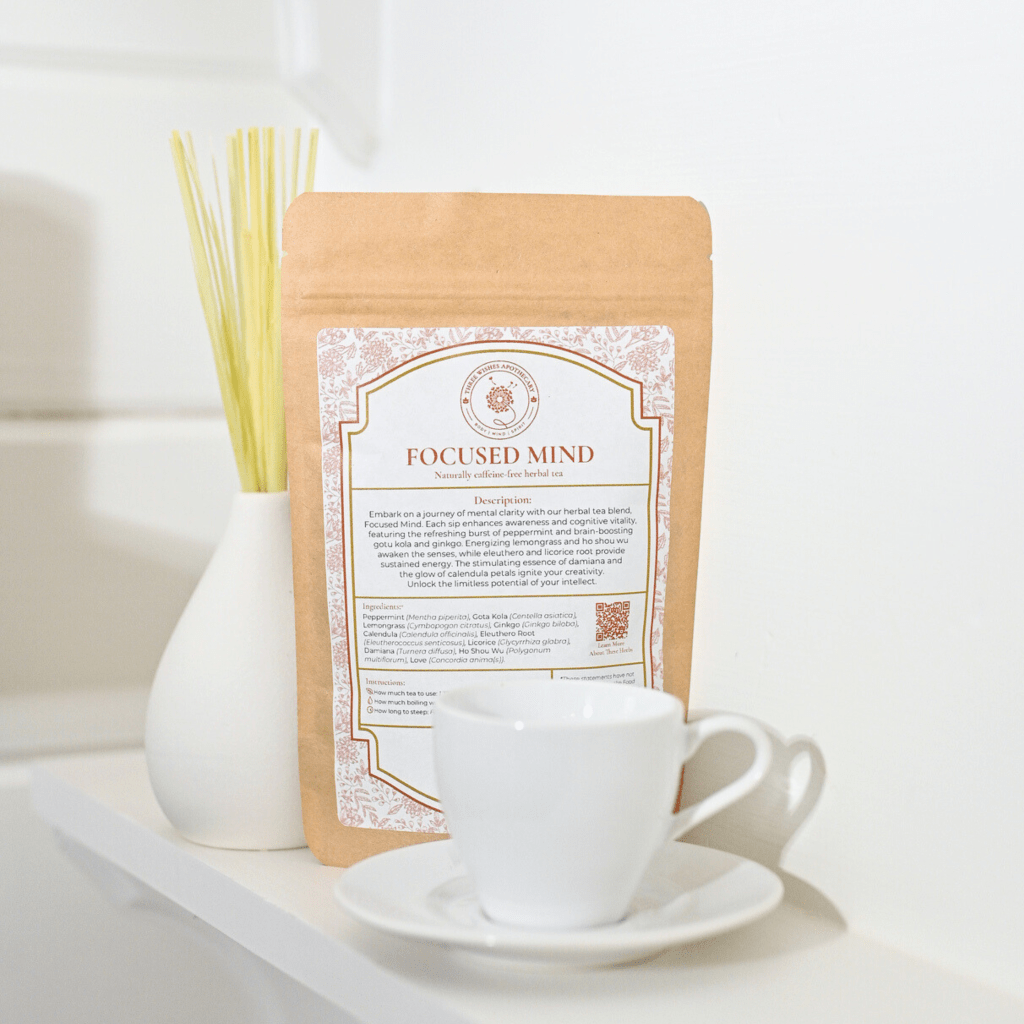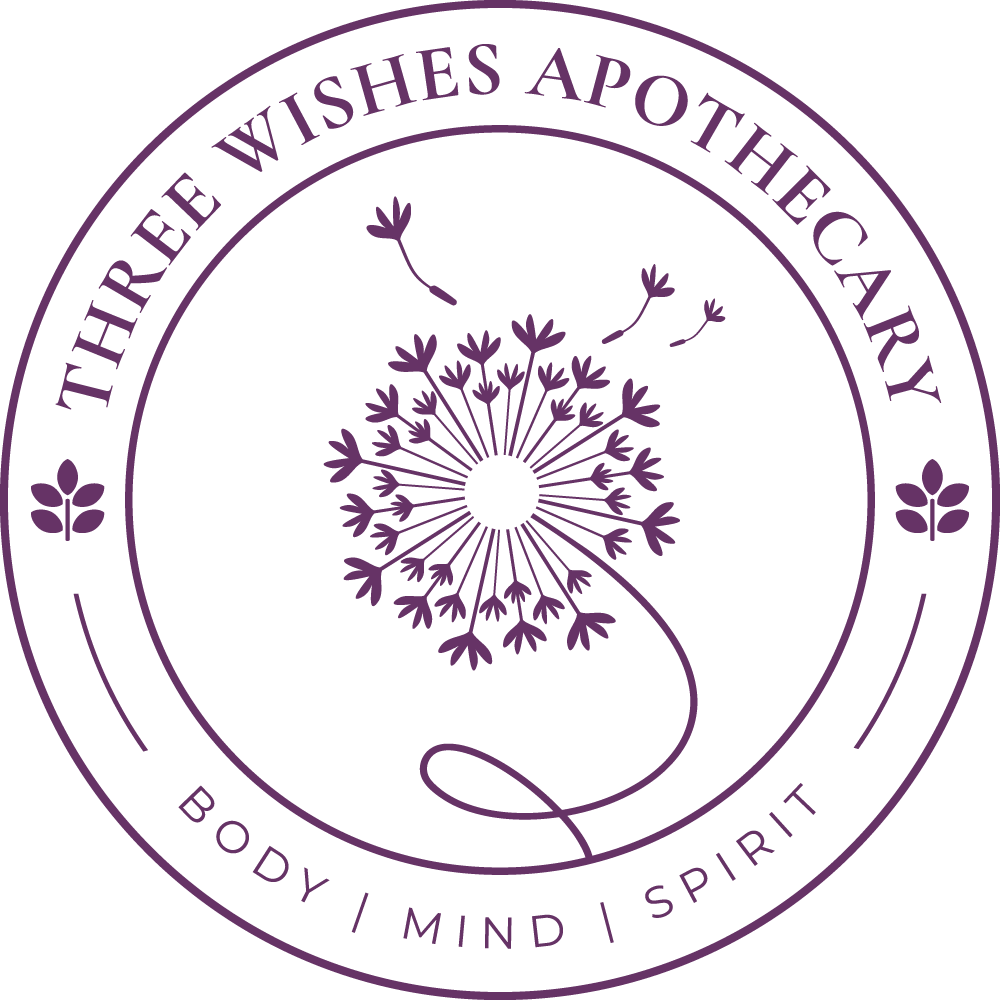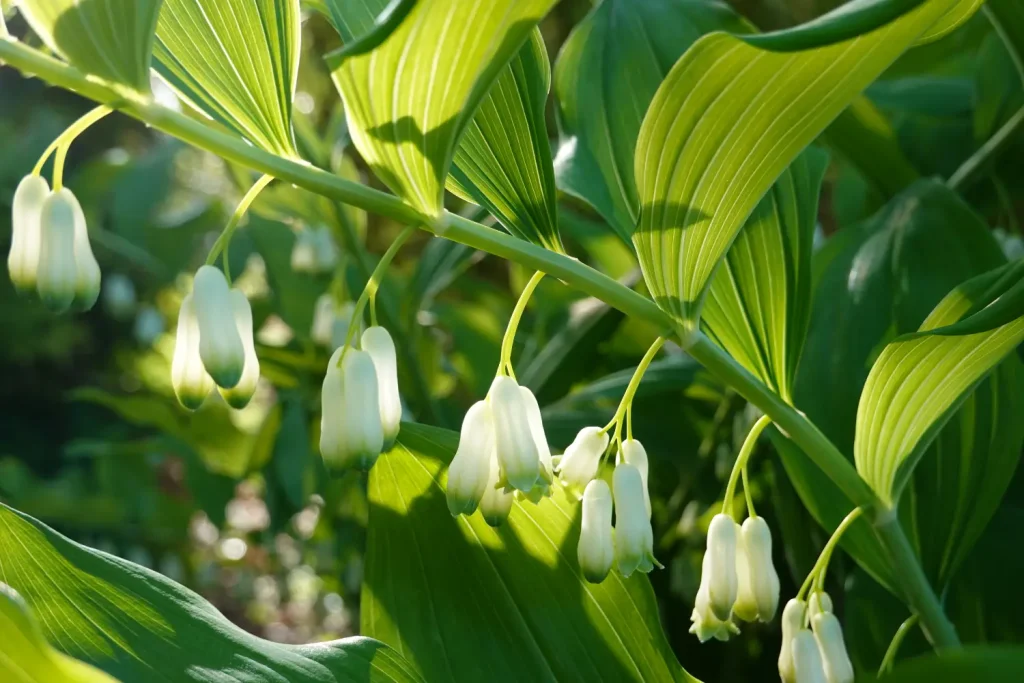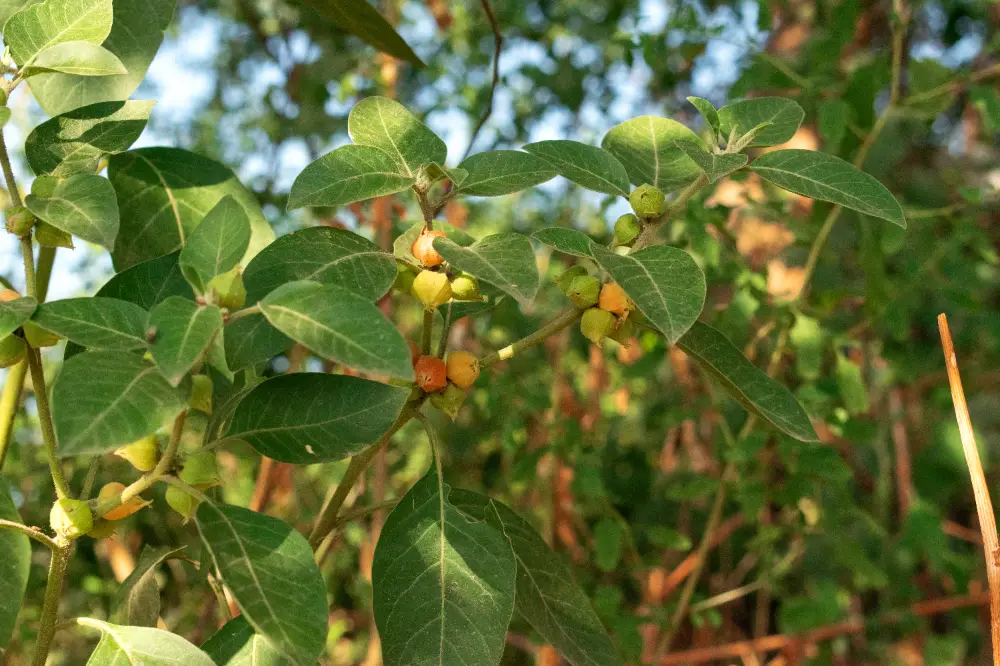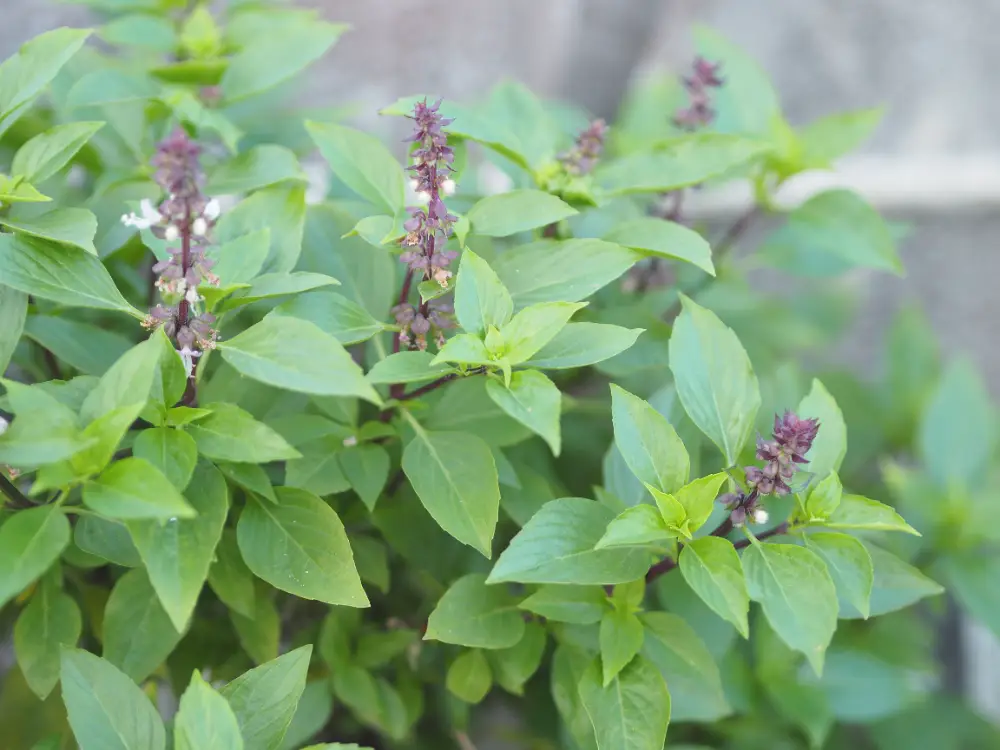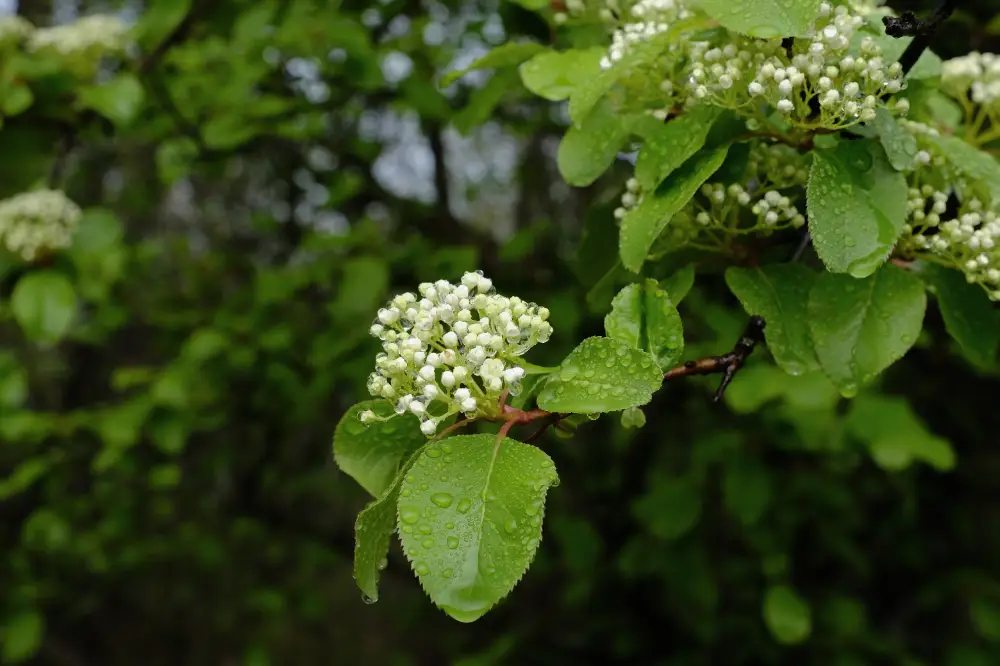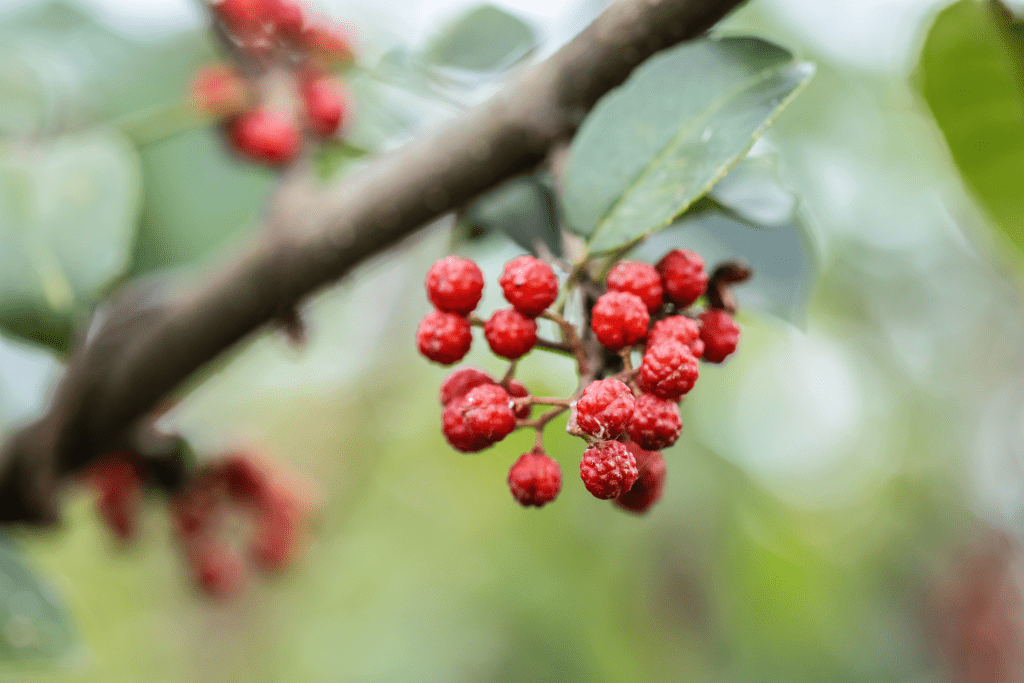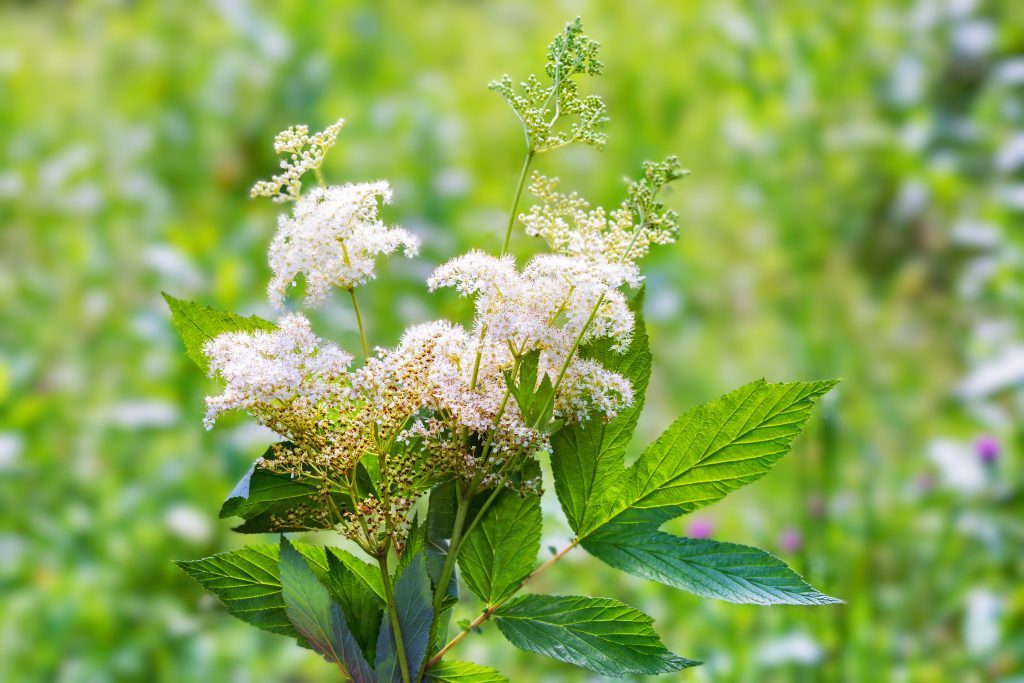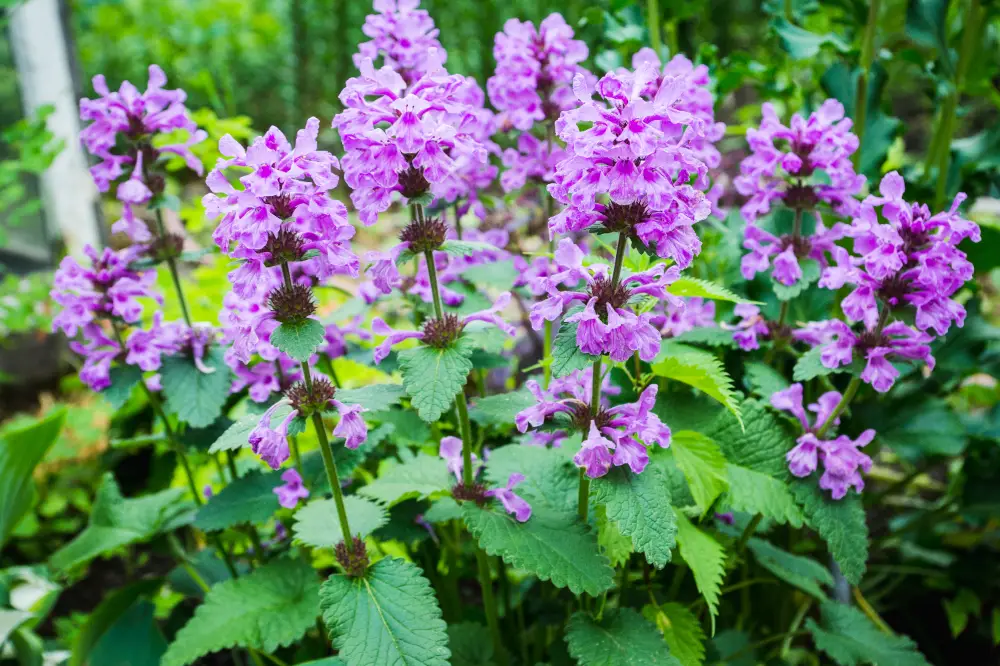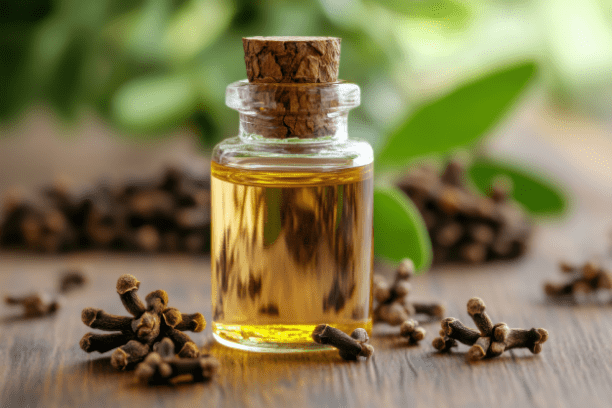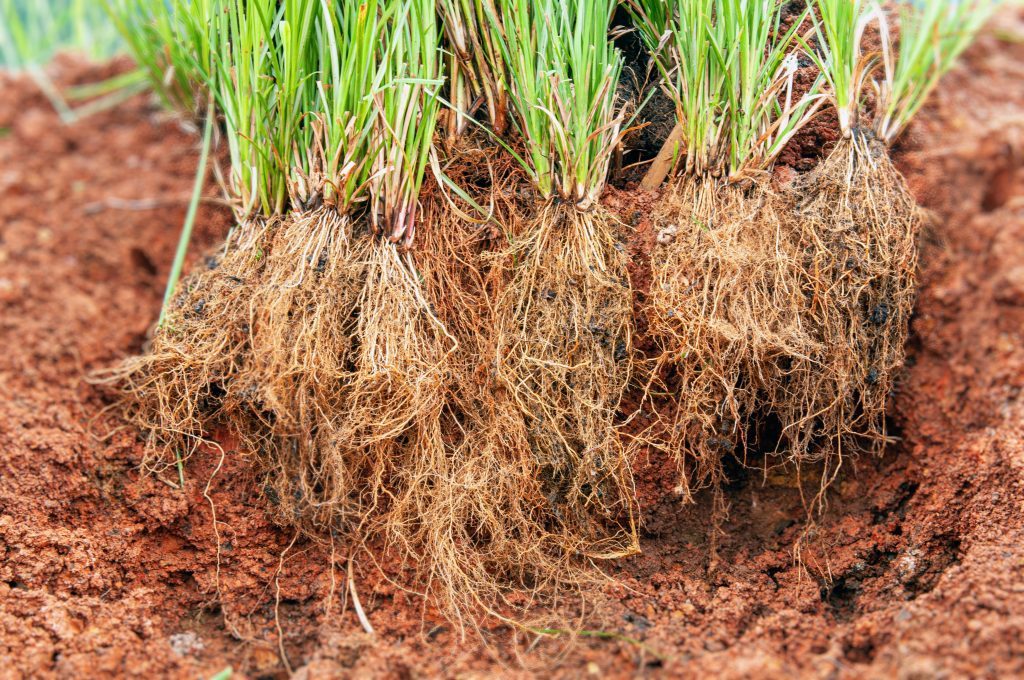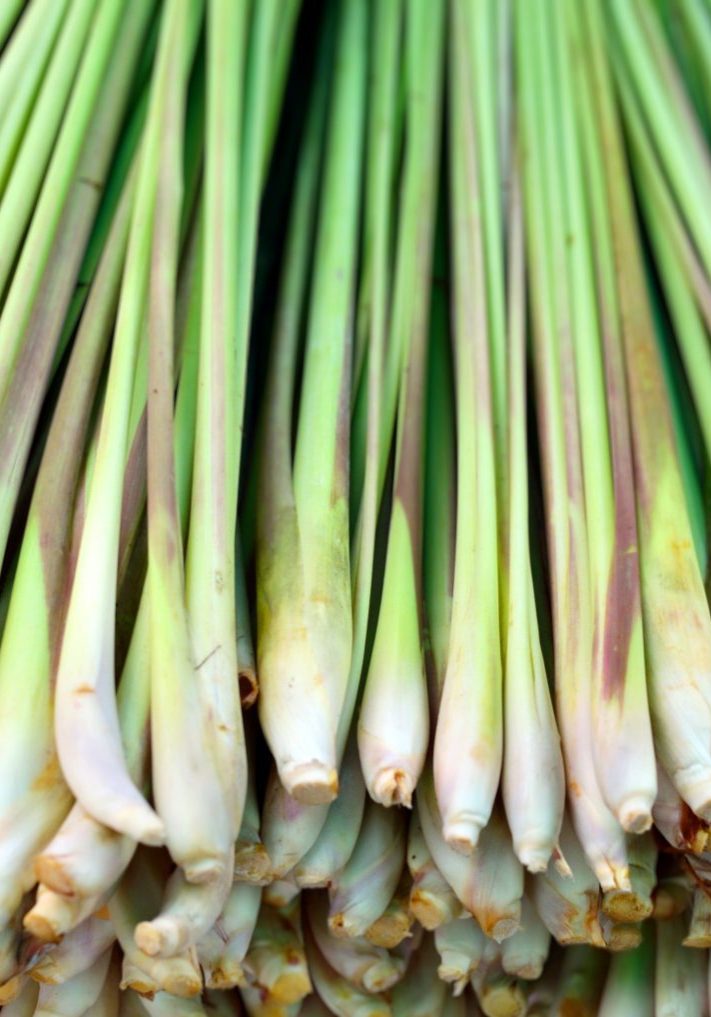
Lemongrass
Cymbopogon citratus
Poaceae family (previously Graminaceae)
Lemongrass is a fragrant herb with a lemony scent, prized for its culinary and medicinal uses.
Other names:
Barbed Wire Grass, Cochin Grass, Malabar Grass
Superpower
Acts as a detoxifying agent, promoting healthy digestion and detoxification of the liver and kidneys. Its refreshing citrus scent and flavor also help to boost mental clarity, alleviate fatigue, and bring a sense of renewal and vitality. Whether used in teas, essential oils, or culinary dishes, Lemongrass stands out as a natural stimulant and purifier.
Uses
Digestive Aid: Traditionally used in Southeast Asian and Indian medicine to relieve indigestion, gas, and cramps. It has been a key herb for treating nervous stomach and bloating.
Antiseptic and Antibacterial: In folk medicine, Lemongrass was applied topically to treat skin infections and minor wounds due to its antibacterial and antiseptic properties.
Fever and Flu Remedy: Traditionally, it was brewed into teas to reduce fever and combat symptoms of colds, coughs, and influenza due to its febrifuge (fever-reducing) properties.
Current Uses:
Mental Clarity and Stress Relief: Lemongrass is commonly used today in aromatherapy for its ability to relieve stress, improve mood, and enhance mental clarity.
Culinary Uses: Widely used in Asian cuisine, Lemongrass adds a fresh, citrusy flavor to soups, curries, teas, and marinades.
Anti-inflammatory: Modern studies highlight Lemongrass’s anti-inflammatory benefits, especially for reducing joint pain and muscle soreness.
Detoxification: It is used in herbal detox teas to support kidney and liver health, acting as a natural diuretic to flush toxins from the body.
Cautions
Toxicity:
None expected within therapeutic doses. Lemongrass is generally safe, but high doses of essential oil can be irritating to the skin and mucous membranes.
Contraindications:
Pregnancy: Although Lemongrass is generally safe, it’s recommended to use caution during pregnancy, especially with essential oil forms, as it may stimulate uterine contractions.
Sensitive Skin: Some individuals may experience skin irritation when using Lemongrass topically, especially in its concentrated essential oil form. It should be diluted with a carrier oil before application.
Interactions:
None known in typical doses.
Known Chemical Constituents
Volatile Oils:
-
- Citral (neral and geranial): Responsible for Lemongrass’s lemony aroma and provides antibacterial, antifungal, and calming properties.
- Myrcene: Known for its anti-inflammatory and pain-relieving effects.
- Limonene: A mood-lifting compound with antioxidant properties.
- Citronellal: Contributes to the insect-repelling properties and provides a calming effect.
Flavonoids:
-
- Luteolin and Quercetin: Powerful antioxidants that support immune health and help reduce inflammation.
Tannins:
-
- Provides astringent properties, which help tone tissues and aid in digestive health.
Phenolic Acids:
-
- Caffeic Acid: Known for its antioxidant and anti-inflammatory properties.
- Chlorogenic Acid: A powerful antioxidant that supports immune health and helps regulate blood sugar levels.
Botanical Description
Growth Habit:
Lemongrass is a tropical perennial plant that grows in dense clumps, reaching heights of 1 to 1.5 meters (3 to 5 feet). It has long, slender leaves that arch outward, forming a fountain-like shape. The plant spreads through its rhizomatous roots, making it a hardy and resilient species in warm climates.
Leaves:
The leaves are linear, tapered, and rough-textured, growing up to 90 cm (35 inches) in length. They emit a distinct lemon scent when crushed, due to their high content of volatile oils.
Stems:
The base of the leaves forms a bulbous stem, which is often used in culinary applications. These pale-green to white stems are highly aromatic and a rich source of essential oils.
Flowers:
Lemongrass produces small spikelets of pale-green or brownish flowers, but it rarely flowers outside of its native tropical regions.
Fun Facts
A key ingredient in traditional Thai cuisine, particularly in Tom Yum Soup, a famous Thai dish known for its balance of spicy, sour, and aromatic flavors. Its refreshing lemony aroma has also made it a popular natural mosquito repellent in tropical climates, where its essential oil is used to keep insects at bay.
Parts Used
Aerial
Harvest
Timing:
Lemongrass can be harvested year-round in tropical climates, but it’s best to harvest when the plant is fully grown, typically when it reaches a height of about 1 meter (3 feet). This is usually in late summer or early autumn for optimal potency. For ongoing use, it’s best to harvest regularly as the plant grows, trimming the stalks down to about 10 cm (4 inches) from the ground to encourage new growth.
Method:
- Leaves and Stems: The stems and leaves are cut with a sharp knife or garden shears. The thick, bulbous base is most often used in culinary and herbal preparations, while the leaves can be dried for teas or used fresh for their aromatic properties.
- Pruning regularly helps maintain the plant’s health and encourages further growth.
Storage:
After harvesting, Lemongrass can be:
- Fresh: Store in the refrigerator for up to 2 weeks.
- Dried: Air-dried in a cool, dark place, then stored in airtight containers for teas and infusions.
- Frozen: Stems can be frozen for up to 6 months to preserve their flavor and medicinal properties.
Preparations
Infusions/Teas: Used to support digestion, ease nervous tension, and reduce fever.
Essential Oil: Used in aromatherapy for stress relief, mental clarity, and inflammation.
Tinctures: Often taken for digestive and circulatory health.
Culinary Use: Widely used in Asian cuisine to flavor dishes like soups, curries, and teas.
Topical Applications: Added to creams and ointments for its antibacterial and anti-inflammatory properties.
Sacred Rituals
Commonly added to ritual baths to promote emotional balance and spiritual clarity, especially during periods of transition or when beginning a new chapter in life.
Affirmations
“I am clear and uplifted. Like the lemongrass, I release negativity and embrace mental clarity.”
Spiritual Associations
Worked with to heighten awareness and improve focus, making it an ideal herb for meditation and spiritual reflection. It’s also believed to enhance mental clarity and support emotional healing.
Functions
An analgesic is a substance that relieves pain by reducing the perception of pain signals or alleviating discomfort without causing a loss of consciousness.
Anti-bacterialA substance or agent that inhibits the growth of or destroys bacteria.
Anti-fungal
A substance or agent that inhibits the growth of or destroys fungi and fungal spores.
Anti-inflammatoryA substance or agent that reduces inflammation in the body, soothing irritation, swelling, or redness in tissues.
Antioxidant
A substance or agent that neutralizes free radicals, preventing oxidative damage to cells and tissues.
Digestive & Elimination HealthThe overall well-being and optimal functioning of the digestive system, which includes the gastrointestinal tract, liver, pancreas, and other supporting organs. It encompasses the processes of breaking down food, absorbing nutrients, and eliminating waste, as well as maintaining a healthy balance of gut microbiota.
Kitchen SpiceAn aromatic or flavorful substance, often derived from seeds, bark, roots, or fruits of plants, used to enhance the taste, aroma, and color of food.
StressStress is a physical, emotional, or mental response to external or internal pressures, often characterized by feelings of tension, overwhelm, or exhaustion, and can impact overall health if prolonged.

